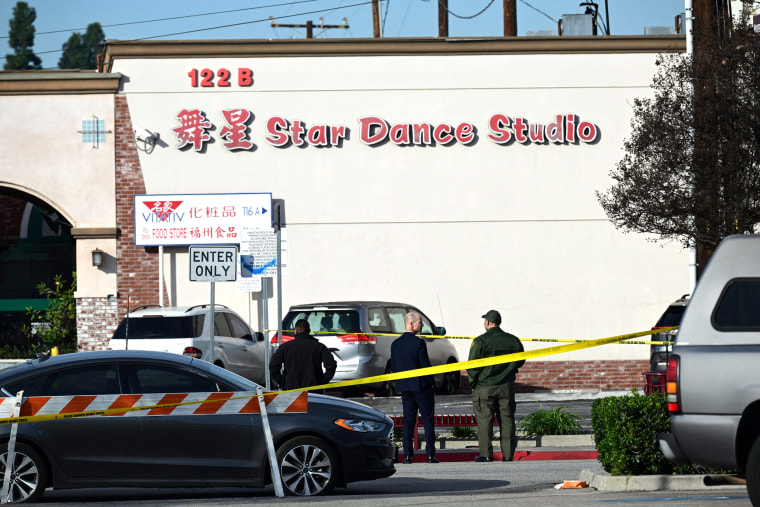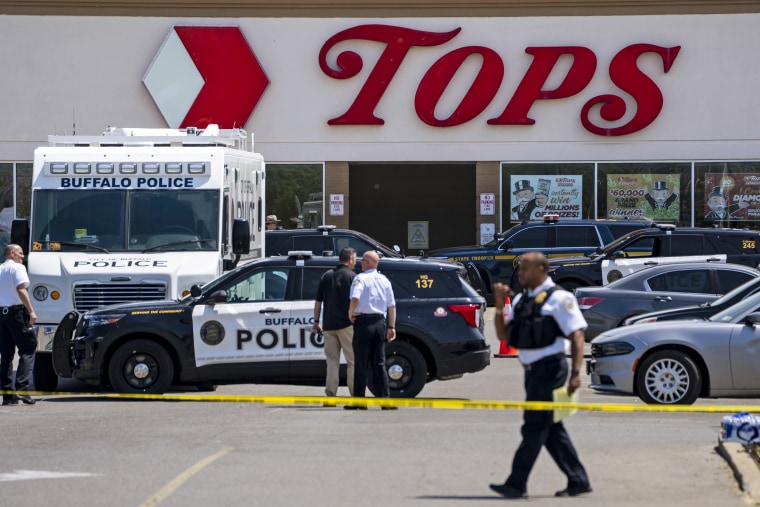One-quarter of mass attackers driven by conspiracy theories or hateful ideologies, Secret Service report says
Following the latest string of mass shootings in the U.S., the Secret Service published a 60-page report Wednesday detailing trends in mass attacks in public spaces to share patterns with community leaders who could help prevent the next tragedy.
Among the findings: Although a personal grievance of some sort was the single most common motive, one-quarter of the attackers studied from 2016 to 2020 were motivated by conspiracy theories or hateful ideologies.
At a press conference on Wednesday, Lina Alathari, the chief of the Secret Service’s National Threat Assessment Center, said, “About a quarter, they maintained some kind of conspiracy theory beliefs, so they believed, for example, that 9/11 and the moon landing never happened, that the U.N. was sending an armed force to come take away everyone’s guns.”
She also noted that at least six of the attackers were radicalized on-line.

“One attacker had started subscribing to an online message board about 18 months prior to his attack,” she said. “He later told law enforcement that that’s when he became radicalized and started hating Jewish people.”
The agency, known for protecting presidents, established the National Threat Assessment Center to monitor trends in violence that could threaten the people it protects, as well as the public.
The report details 173 attacks that hurt three or more people in public spaces, including churches and schools, from 2016 to 2020. Alathari said the trends could help community leaders know what red flags to spot before someone carries out the next mass attack.
Hateful ideologies that motivated attackers included anti-government, antisemitic or misogynistic views. The authors also found nearly one-third of all attackers had evidence of planning their attacks.
The typical attacker was a 34-year-old man motivated by personal grievances, rather than ideology, the report says.
Alathari said the grievances could be “perceived wrongs, most often related to personal issues, maybe health or financial issues, workplace issues, as well as issues with family and romantic partners.”

“We really have to be looking at how can we resolve these interpersonal grievances … to make sure they don’t escalate,” Alathari told NBC News.
More than three-quarters of all attacks involved firearms, and over 80% of attacks that used guns resulted in at least one death, the report found. Most of the attackers used handguns, but one-third used “long guns,” a category that includes automatic and semi-automatic weapons. Attackers who used weapons other than guns fatally wounded victims in fewer than 50% of attacks.
In over one-quarter of all mass shootings, the attackers possessed firearms illegally.
Asked whether the trends called for gun reform, Alathari said, “Our research informs policy, and we really hope communities take preventative action to make sure that they are mitigating any possible risk of a tragedy like this happening again.”



